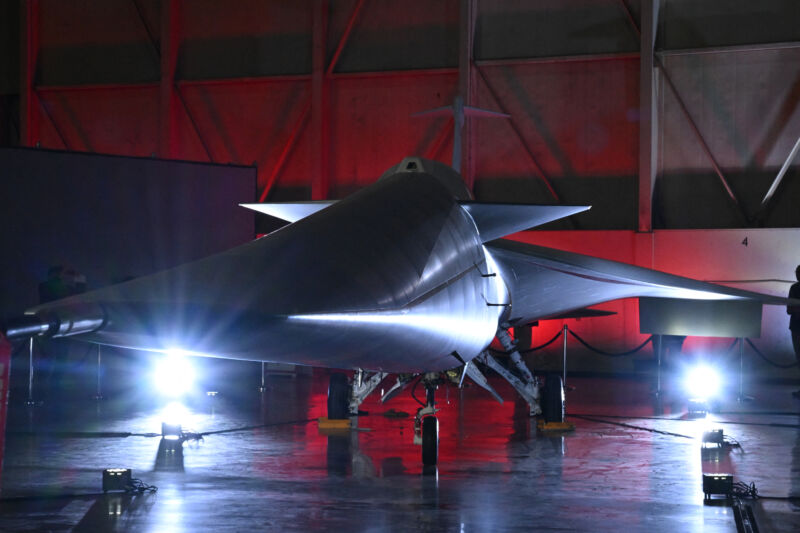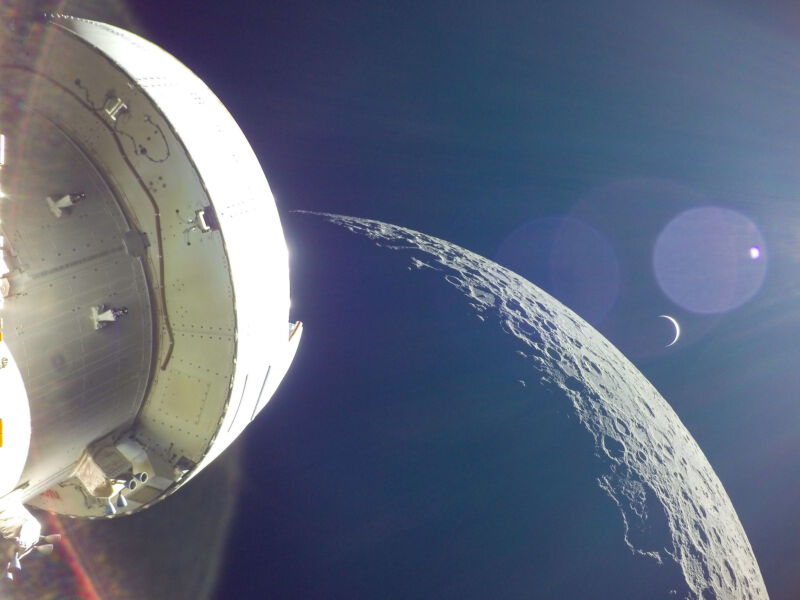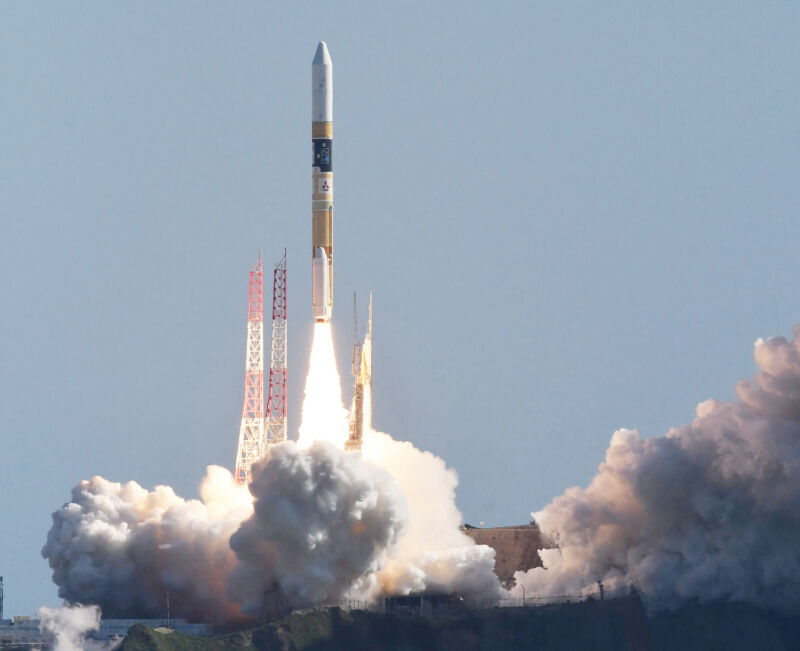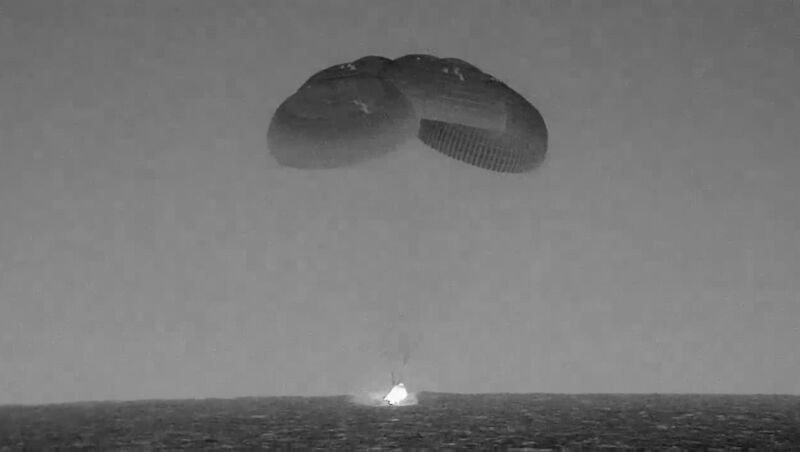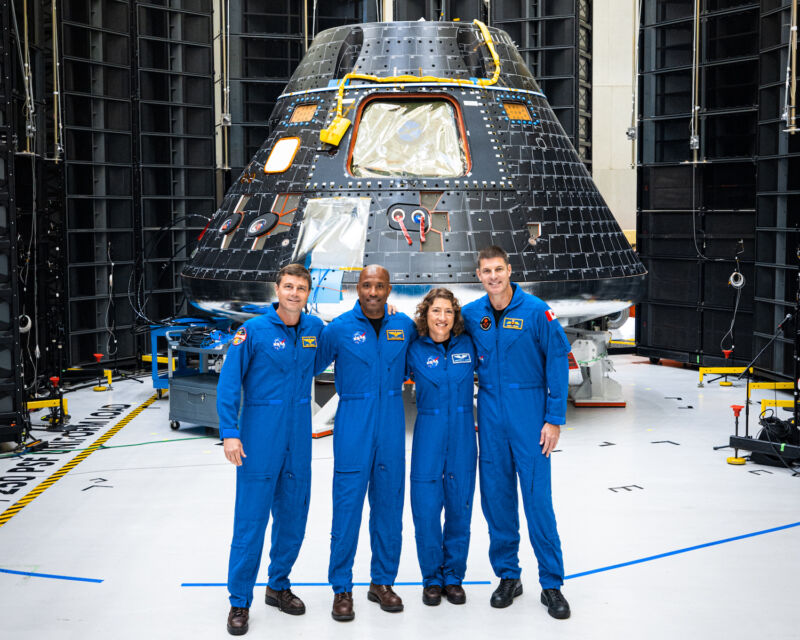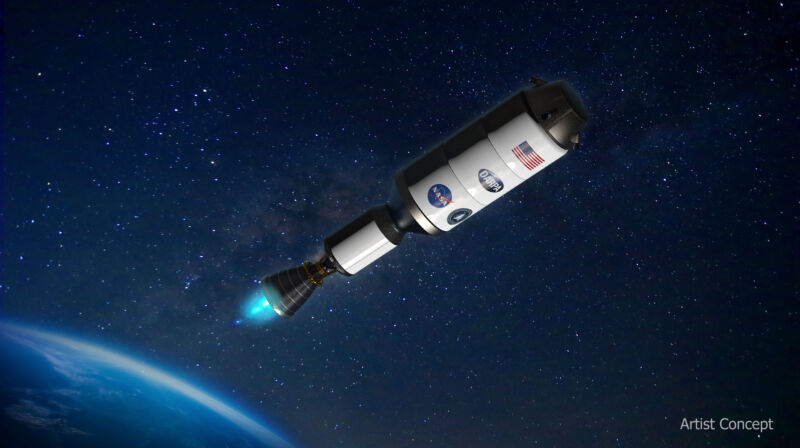-
 chevron_right
chevron_right
Trash from the International Space Station may have hit a house in Florida
news.movim.eu / ArsTechnica · Tuesday, 2 April - 00:24
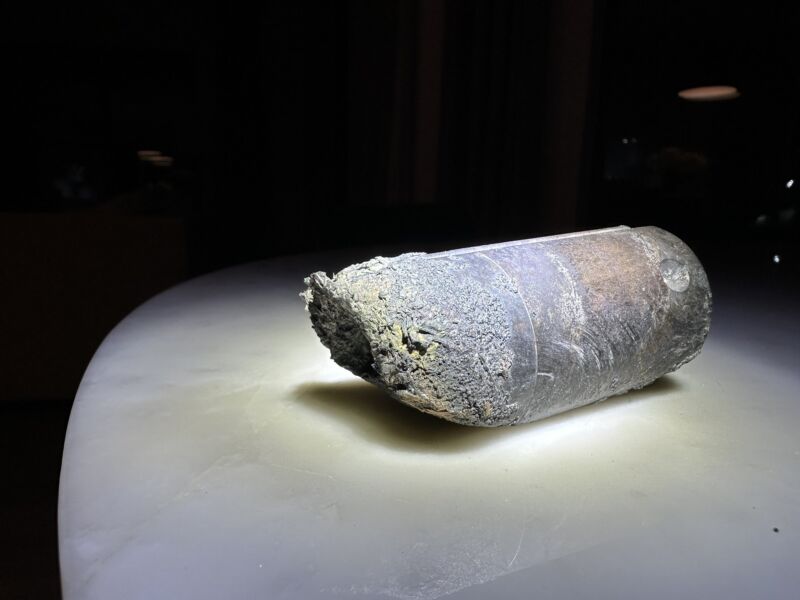
Enlarge / This cylindrical object, a few inches in size, fell through the roof of Alejandro Otero's home in Florida last month. (credit: Alejandro Otero on X )
A few weeks ago, something from the heavens came crashing through the roof of Alejandro Otero's home, and NASA is on the case.
In all likelihood, this nearly two-pound object came from the International Space Station. Otero said it tore through the roof and both floors of his two-story house in Naples, Florida.
Otero wasn't home at the time, but his son was there. A Nest home security camera captured the sound of the crash at 2:34 pm local time (19:34 UTC) on March 8. That's an important piece of information because it is a close match for the time—2:29 pm EST (19:29 UTC)—that US Space Command recorded the reentry of a piece of space debris from the space station. At that time, the object was on a path over the Gulf of Mexico, heading toward southwest Florida.

